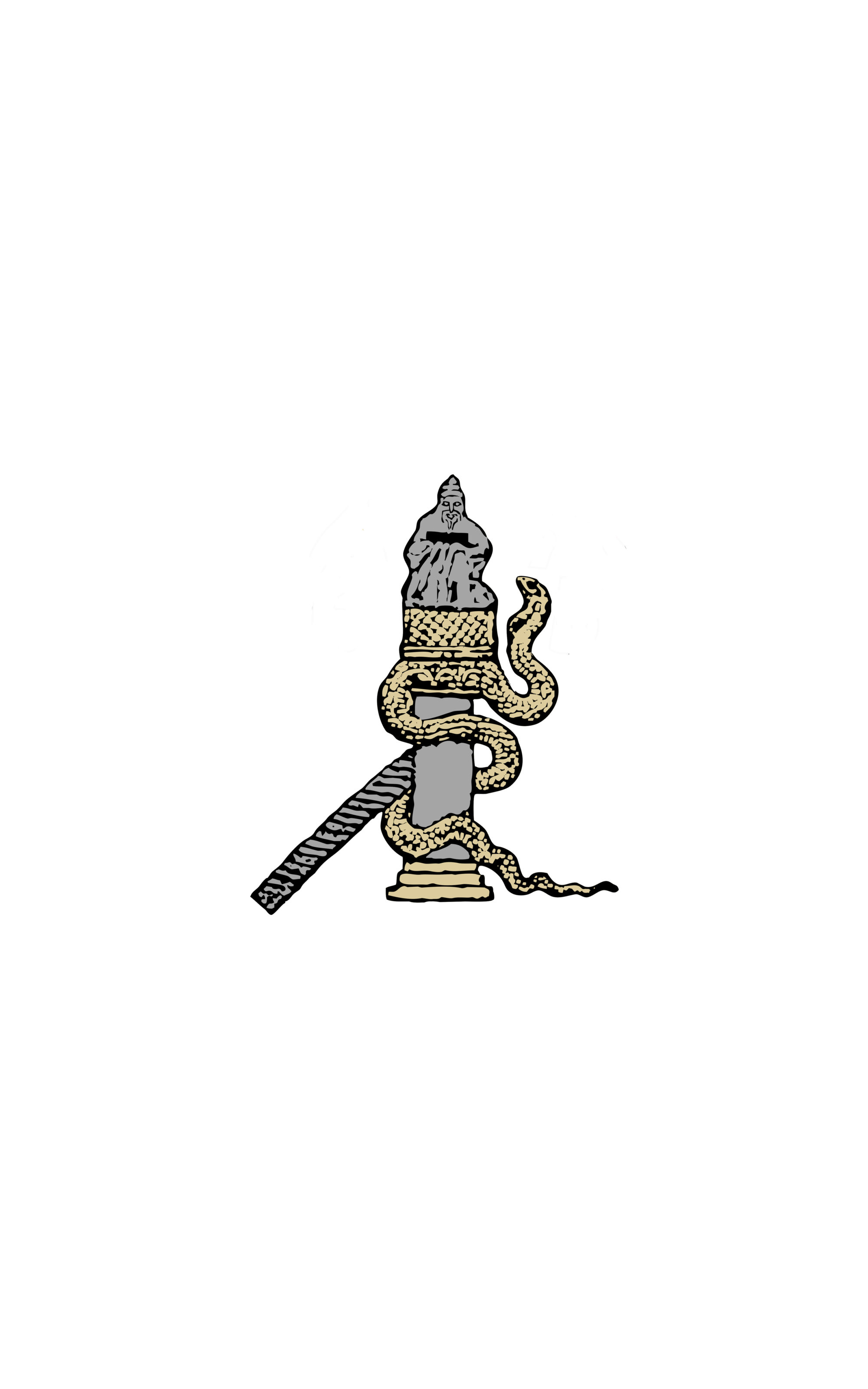Byzantine sculptures in Sicily as a reflection of the imperial power (6th-8th century) : some aspect of a marble trade and local production.
Silvia Pedone, Université de la Sapienza
Sicily, considered in the past « too far away from the Court » to “see the flourishing of those great religious and civic monuments, those beautiful and large basilicas where the Church triumphed in the midst of golden mosaics” (Sicilia Bizantina, 1942), houses, on the contrary, a great variety of sculptural pieces that suggest a very different evaluation of the artistic richness of Byzantine heritage in this area Byzantine heritage in this area, for a long time under the Greek cultural, artistic and linguistic influence.
The present research project aims at studying and cataloguing the Byzantine sculptures of south-eastern Sicily (specially the many pieces held by the museum collections of Syracuse and Messina, where the archeological evidence of three centuries of Byzantine dominion is more remarkable). The analysis of this rich material allows to focus the peculiarity and novelty of Byzantine artistic production in Italy, on the wider background of artistic circulation in the Mediterranean area, between 4th and 10th century. The dialectic relationship between the local artistic « given » and the stylistic influences from abroad (variably unorthodox compared with Constantinopolitan production) constitutes the context of the research.
In 1982, in her work I Bizantini in Italia, Raffaella Farioli Campanati, commenting on the lacking knowledge of the architecture of pre-Norman Sicily, hoped for a more careful study of « the documentation offered by architectural and church sculpture, developed on a long period, until the early Norman age, and revealing a deep faithfulness to Byzantine style » (p. 281). From this point of view, the transfer of the imperial court of Constans II to Syracuse and the constitution of Sicilian theme is a particularly noteworthy historical situation, as a condition for the ensuing building campaigns and the rich circulation of artistic materials coming from the eastern provinces of Empire.
Thanks to the close collaboration of Historical and Monument Government Departments of Syracuse and Messina, and of the local museums (included their little-known storages), the research will survey the existing Byzantine buildings (and their scattered architectural or sculptural remains), attempting to draw a more organic and exhaustive picture of the artistic disiecta membra of Sicily in the original historical context of Mediterranean art flows.

